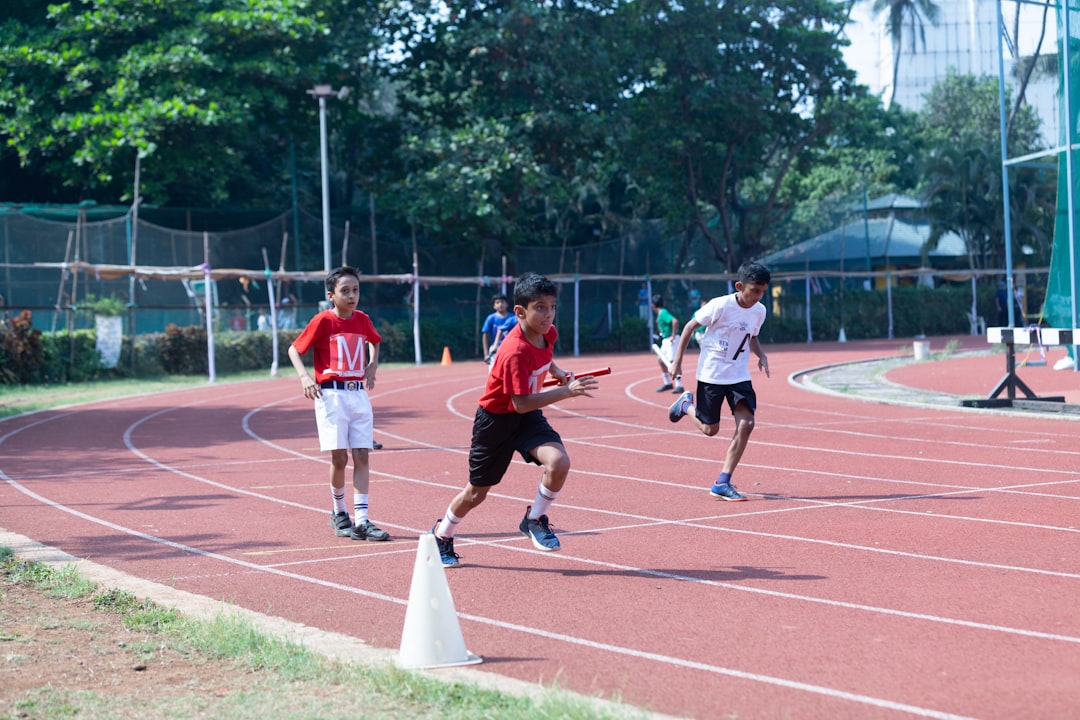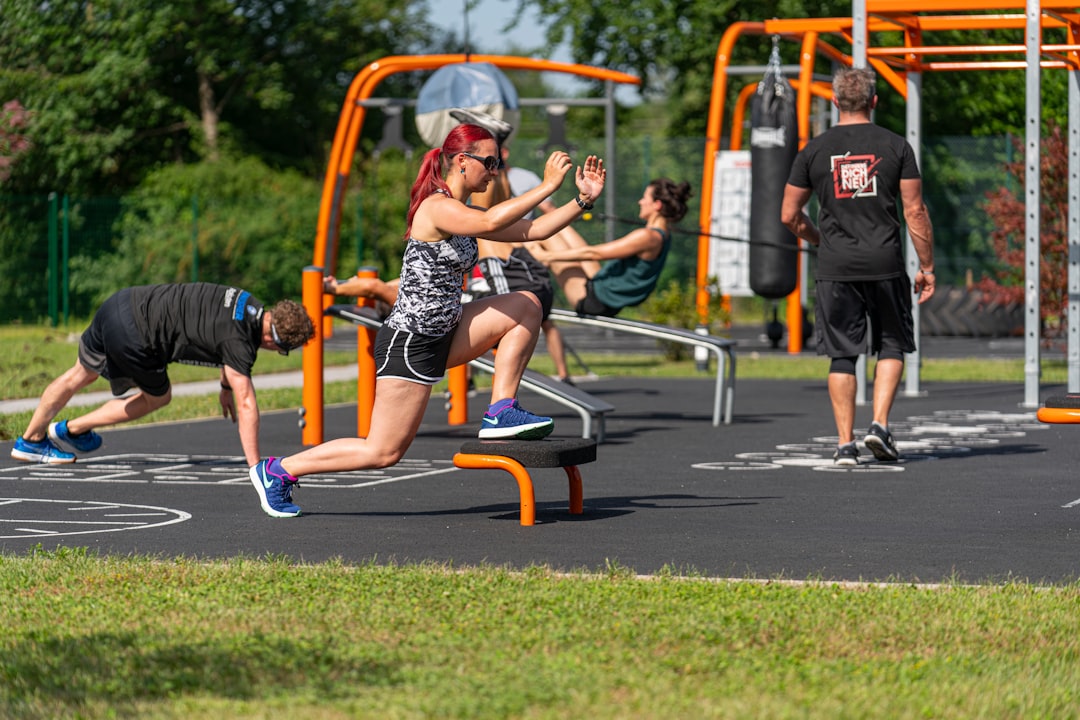For over two decades, County Sports Partnerships (CSPs) have played an instrumental role in shaping community sports engagement and physical activity initiatives across England. These regional networks, initially developed to bridge national sports policies with local implementation, have since undergone a significant transformation. In 2019, CSPs rebranded and restructured, emerging as what we now know as Active Partnerships. What prompted this evolution? Were these just superficial changes, or did they signal a deeper shift in philosophy and practice?
In this article, we explore the background of County Sports Partnerships, delve into the core reasons behind the transition to Active Partnerships, and assess how these changes have impacted the delivery of physical activity services on the ground.
The Birth of County Sports Partnerships
County Sports Partnerships were first introduced in the early 2000s as part of a broader government initiative to decentralize the delivery of sport and physical activity. Primarily funded and supported by Sport England, these partnerships aimed to:
- Develop links between schools, clubs, and national governing bodies of sport
- Improve access to local sports facilities and programs
- Support workforce development, including coaching and volunteer pathways
- Target underrepresented groups in physical activity
There were originally 49 CSPs across England, each serving a particular geographic area, usually aligned with county boundaries. Their local focus allowed them to understand the unique demographic and socio-economic challenges in their regions, making them well-positioned to design and deliver appropriate interventions.

However, as time went on, the social and health landscapes in the UK began to change. Issues like childhood obesity, mental health struggles, sedentary lifestyles, and unequal access to physical activity became more prominent. The government and Sport England began to recognize that to address these complex issues more effectively, the system needed a stronger emphasis on health, inclusivity, and collaboration across various sectors—not just sport.
Why the Change? From CSP to Active Partnerships
The rebranding from County Sports Partnerships to Active Partnerships was not merely a cosmetic overhaul. It stemmed from a growing understanding that promoting physical activity required a wider, more integrated approach. The shift reflected:
- A Broader Mission: Whereas CSPs focused mostly on sport and structured physical activities, Active Partnerships expanded their remit to encompass everyday activity—walking, cycling, gardening, and other lifestyle movements that promote better health and well-being.
- Health Integration: By aligning more closely with the public health sector, the partnerships embraced a holistic view of physical activity as a catalyst for improved mental and physical health outcomes.
- Place-Based Strategies: Active Partnerships adopted place-based approaches, looking at the specific strengths and challenges of communities and co-designing solutions with local stakeholders. The idea was to “build from within” rather than “deliver from above.”
- Cross-Sector Collaboration: Unlike CSPs, which often operated within a sports silo, Active Partnerships work with an array of partners—local councils, NHS organizations, schools, community groups, and private businesses—to create sustainable impact.

In essence, the name change signified a philosophical pivot. The term “Active” connotes not just structured sports, but any movement that contributes to health. “Partnerships” points to the open, collaborative strategies these organizations now embrace. Together, the new terminology better aligned with Sport England’s strategy, “Towards an Active Nation,” which emphasizes a wider definition of activity and inclusivity.
Structural and Operational Changes
In tandem with the rebranding, operational changes were introduced to support the new direction. Some of these shifts included:
- Workforce Development: Active Partnerships invested in training staff to have broader competencies—not just in sport, but in behavior change, health inequalities, and social prescribing.
- Performance Metrics: Measurement of success shifted from raw participation numbers to impact-based outcomes, such as improvements in community well-being, reductions in inactivity, and enhanced social connection.
- Digital Transformation: The use of data, digital tools, and technology became a bigger focus, especially post-COVID-19, when virtual engagement became essential.
Furthermore, leadership structures were diversified and opened up to include voices from beyond the traditional sports sector, ensuring that decisions were informed by public health professionals, educators, non-profits, and community representatives.
Real-World Examples of Impact
The success of Active Partnerships can be seen in a variety of local case studies. For instance, the Active Essex Partnership has pioneered inclusive initiatives such as the “Find Your Active” campaign, which encourages residents to discover movement that fits their lifestyle and builds self-confidence.
Meanwhile, Active Lincolnshire has worked closely with the NHS to embed physical activity into social prescribing. Their initiatives help patients dealing with long-term conditions improve their health through tailored activity programs, reducing reliance on medical interventions.
Similarly, Active Black Country prioritizes interventions in underserved communities with a strong emphasis on reducing economic and ethnic disparities in physical activity levels.
Challenges and Criticisms
Despite clear progress and innovation, the transition hasn’t been without challenges. Some critics argue that with a broadened remit comes diluted focus. Earlier critics of the Active Partnerships model feared that sport might become sidelined as health and social agendas took center stage.
There’s also the issue of funding and sustainability. With changing governmental priorities and post-pandemic budget pressures, not all Active Partnerships have had equal capacity to deliver innovative projects consistently.
Moreover, the shift to outcomes-based evaluation added layers of complexity and accountability, making the measurement of community health impacts more difficult, especially when results can be slow to emerge.
The Future of Active Partnerships
Looking ahead, Active Partnerships are expected to play an even greater role in addressing the nation’s inactivity crisis. Their embeddedness in communities, coupled with a growing emphasis on health inequalities, positions them uniquely to serve as catalysts for change.
Emerging priority areas include:
- Children and young people: Programs that go beyond physical education to embed daily movement into school routines
- Older adults: Projects that promote mobility, balance, and independence to combat social isolation and health decline
- Digital inclusion: Leveraging digital platforms to reach wider demographics, especially in rural or underserved areas
- Climate-conscious activity: Encouraging active travel like cycling and walking as both health and environmental solutions

Additionally, Active Partnerships are working closely with Sport England under the “Uniting the Movement” strategy, adding even more emphasis on tackling deep-rooted inequalities and supporting systems change.
Conclusion
The evolution from County Sports Partnerships to Active Partnerships represents a profound transformation in how England addresses physical activity and well-being. This rebranding is more than just a new name—it reflects a systemic response to shifting societal needs, health challenges, and cultural trends. By focusing on inclusivity, health integration, and local partnerships, Active Partnerships are reinventing how physical movement—beyond sport—can enrich lives and communities.
In an increasingly complex and interconnected world, the journey from CSP to Active Partnership illustrates the importance of adaptability, collaboration, and purpose-driven work. With continued support and innovation, these partnerships are well-positioned to help transform England into a healthier, more active nation for all.
